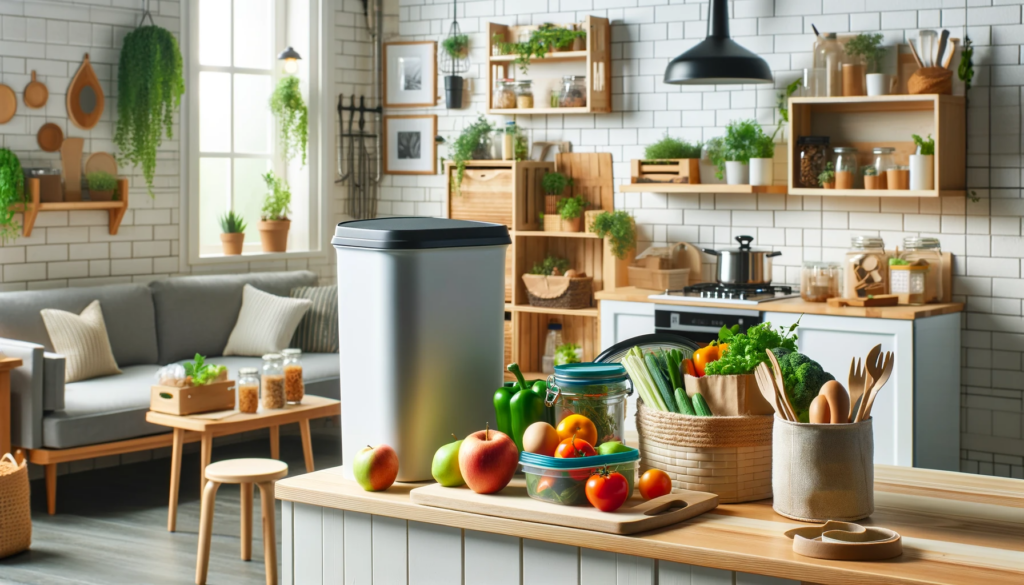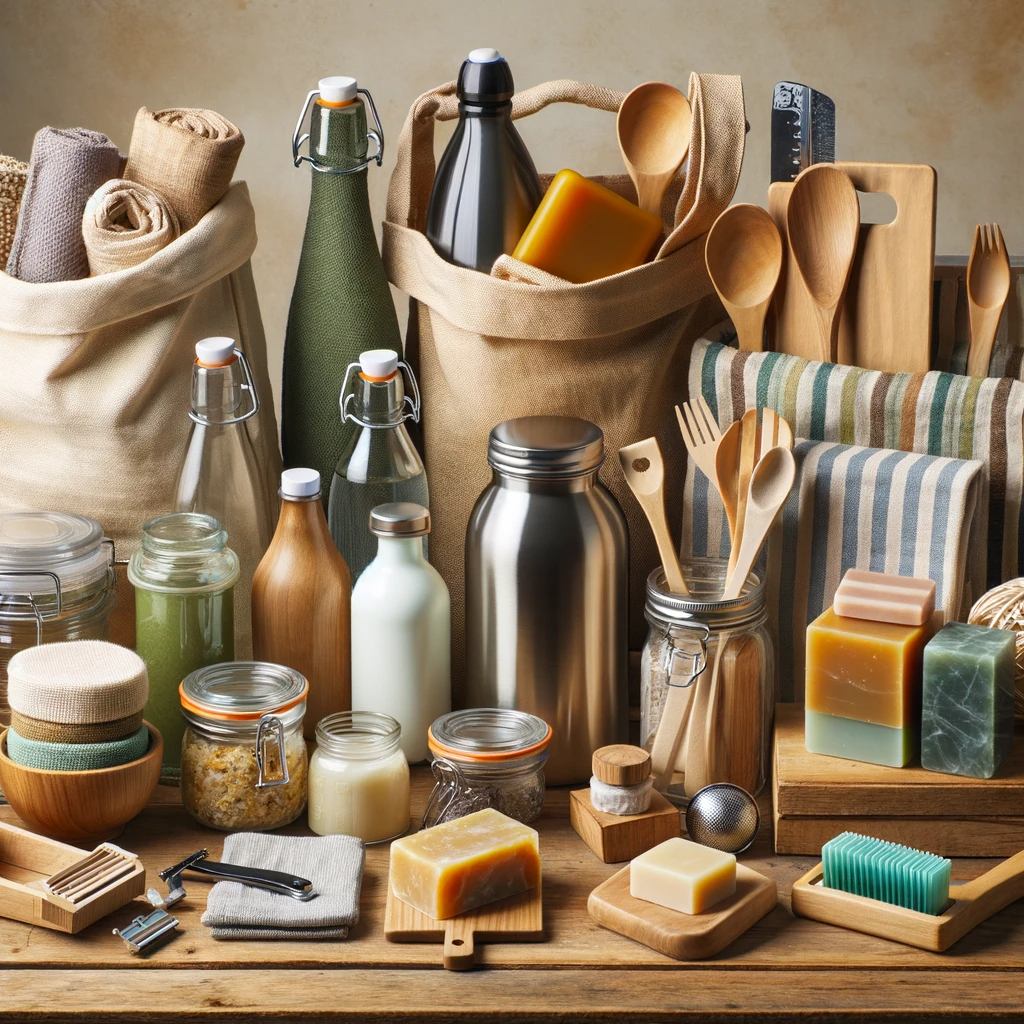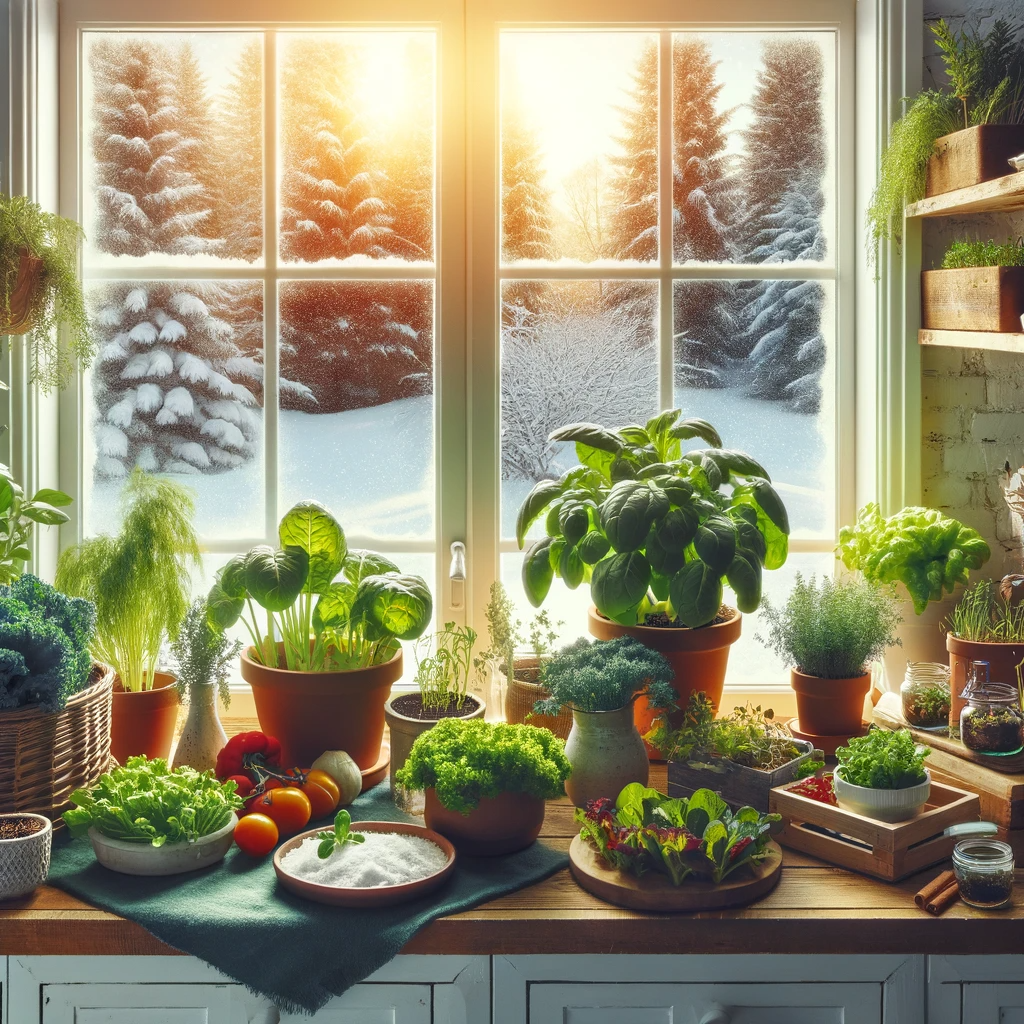From Scraps to Soil: 5 Ways to Turn Food Waste into Fertilizer
Introduction:
In our journey towards sustainable living, repurposing food scraps into fertilizer is a small yet significant step. This practice not only reduces waste but also enriches our gardens, offering a natural and cost-effective alternative to chemical fertilizers. In this post, we’ll explore five types of food scraps you can easily convert into valuable fertilizer, explaining the hows and whys of this eco-friendly process.
1. Coffee Grounds: Enriching Soil with Nitrogen
How to Use Coffee Grounds as Fertilizer: Spread used coffee grounds directly onto the soil or incorporate them into your compost.
Why Coffee Grounds Work: They are abundant in nitrogen, crucial for plant growth, and aid in improving soil texture and attracting earthworms. Learn more about using coffee grounds in the garden.
2. Banana Peels: Potassium Power for Plants
How to Use Banana Peels as Fertilizer: Dry and crush banana peels, then sprinkle the pieces around your plants.
Why Banana Peels Work: High in potassium, essential for plant growth and disease resistance, they also contribute calcium and magnesium for overall plant health. Read about the benefits of banana peels for plants.
3. Eggshells: Calcium for Stronger Plants
How to Use Eggshells as Fertilizer: Rinse, dry, and grind eggshells into powder, then blend it into the soil or compost.
Why Eggshells Work: Rich in calcium, vital for strong plant cell development, eggshells help build robust cell walls and can prevent certain plant diseases like blossom end rot in tomatoes and peppers. Discover more on eggshells as fertilizer.
4. Vegetable Scraps: Creating Balanced Compost
How to Use Vegetable Scraps as Fertilizer: Add scraps like carrot peels and lettuce leaves to your compost bin.
Why Vegetable Scraps Work: They decompose into a nutrient-rich compost, providing a balance of essential nutrients and enhancing soil structure and moisture retention. Learn about composting vegetable scraps.
5. Tea Leaves: Ideal for Acid-Loving Plants
How to Use Tea Leaves as Fertilizer: Mix used tea leaves directly into the soil or add them to the compost.
Why Tea Leaves Work: Slightly acidic, they are well-suited for acid-loving plants such as roses and azaleas, improving soil structure and providing essential nutrients as they decompose. Find out more about using tea leaves in your garden.
Conclusion:
Turning food scraps into fertilizer is a practical and environmentally friendly way to enrich your garden while reducing kitchen waste. Each type of scrap brings unique benefits to the soil, contributing to a more sustainable and productive garden. Start integrating these practices into your daily routine and witness the positive impact on your garden’s health and the environment.







Pingback: Coffee Grounds: The Garden's Secret Booster
Pingback: Banana Peels: Nature's Potassium-Rich Fertilizer
Pingback: Eggshells: Calcium Magic for Your Garden
Pingback: Vegetable Scraps: Compost Gold for Green Thumbs
Pingback: Learn How To Ferment Vegetables: The Art of Fermentation -